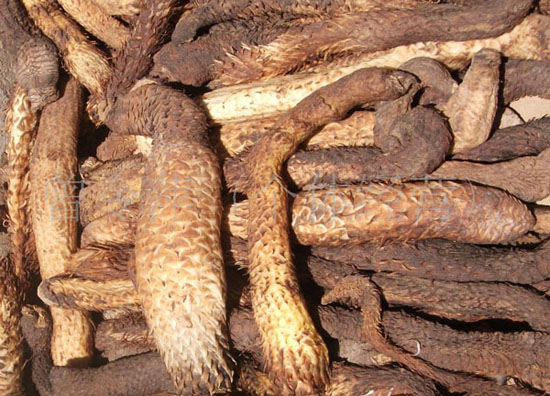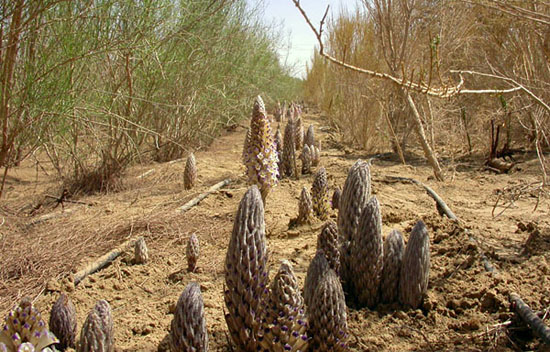Cistanche is known in Chinese as roucongrong, which refers to the fleshy or meaty nature (rou) of the part used (the stem) and to its effects, which are calm and leisurely (congrong), that is, smooth, not sudden or harsh in tonifying yang (in contrast to other herbs that have a more vigorous action). It is obtained from various species of the genus Cistanche, mainly Cistanche salsa and Cistanche deserticola, but also from Cistanche tubulosa, C. sinensis, and C. ambigua. This is a genus of desert plants that are found worldwide, though the Chinese species differ from those in other countries; C. tubelosa is also found in the Mid-East. All the species of Cistanche, and the entire plant family to which they belong (Orobanchaceae), are parasitic: they lack chlorophyll and get their nutrients and water from other plants.

The active ingredients isolated from Cistanche include iridoid and phenylpropenoid glycosides, such as acetoside (also called verbascoside, named for Verbena, from which it was first isolated), echinacoside (also found in the Western herb echinacea), and cistanoside (named for cistanche). The active constituents of cistanche are quite similar to those of another kidney tonic, rehmannia, which is a yin nourishing tonic. In fact, all three of these glycosides are also found in rehmannia, along with its primary iridoid glycoside, catalpol. Rehmannia and cistanche are both rich in sterols, such as daucosterol and sitosterol. Thus, it could be that the "gentle" nature of cistanche as a yang tonic is due to having ingredients that also nourish yin.


![Diseases, Symptoms, tcm, [tcmwindow.com]](/uploadFile/adImg/2015/11/11/f5cbfcc0-4df5-4646-9b9a-f316651a0199.jpg)





